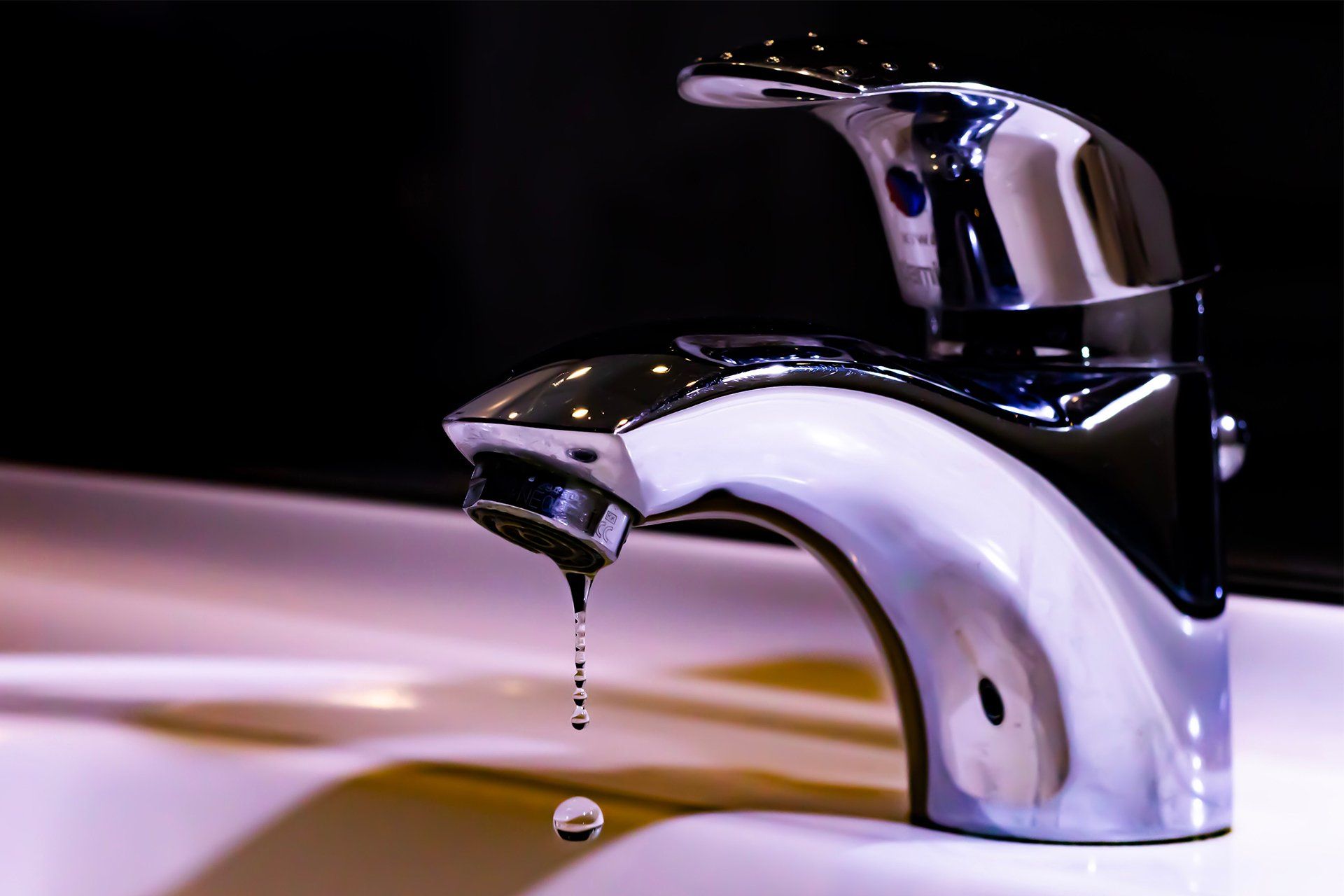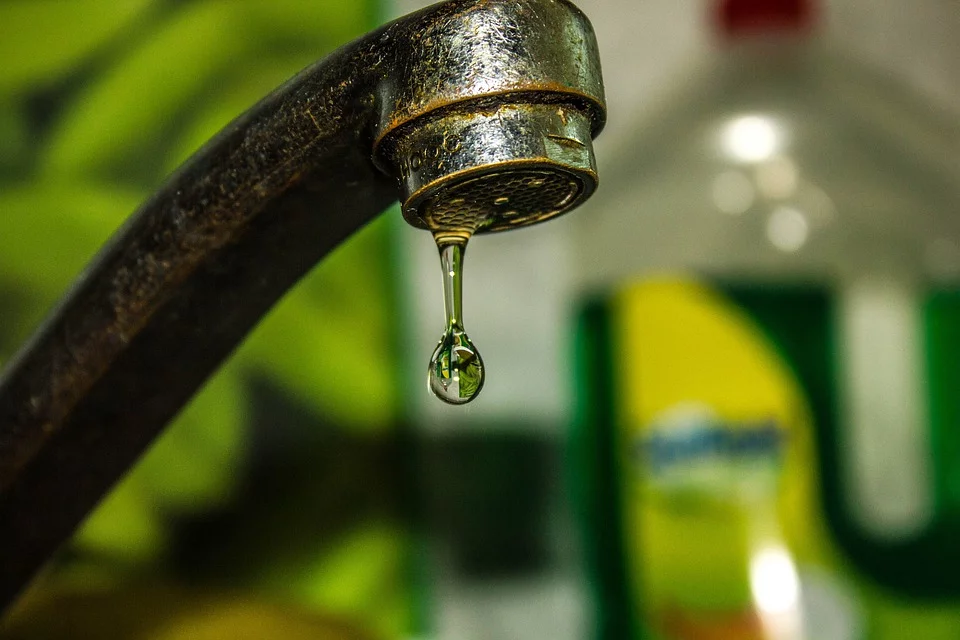An Leading Winterizing Strategies: Several Approaches to Guard Pipe Bursts
An Leading Winterizing Strategies: Several Approaches to Guard Pipe Bursts
Blog Article
What're your opinions about How to stop pipes from freezing during the winter?

All house owners that live in warm climates have to do their ideal to winterize their pipes. Failure to do so can mean calamity like icy, split, or burst pipes.
Try a Hair Dryer or Warmth Weapon
When your pipes are almost freezing, your reliable hair clothes dryer or warm weapon is a godsend. If the warm towels do not assist dislodge any type of settling ice in your pipes, bowling hot air directly right into them may aid. Nonetheless, do not use various other things that create direct fires like an impact torch. This can cause a bigger disaster that you can not manage. You might end up destructive your pipes while trying to melt the ice. And in the long run, you may even wind up burning your house. So be careful!
Open Up Closet Doors Hiding Plumbing
It would certainly be handy to open cupboard doors that are masking your pipes when it's cool outside. They might be somewhere in your kitchen area or shower room. This will certainly enable the warm air from your heating unit to distribute there. As a result, you avoid these revealed pipelines from cold. Doing this small trick can maintain your pipes warm and restrict the potentially harmful end results of freezing temperatures.
Require Time to Cover Exposed Water Lines
One cool and easy hack to warm up icy pipelines is to wrap them with cozy towels. You can also use pre-soaked towels in warm water, just don't neglect to wear safety handwear covers to secure your hands from the warmth.
Turn On the Faucets
When the temperature declines and it seems as if the icy temperature level will certainly last, it will assist to transform on your water both indoors and outdoors. This will certainly maintain the water moving with your plumbing systems. You'll finish up wasting gallons of water this means.
Shut Off Water When Pipes are Frozen
If you discover that your pipelines are entirely icy or nearly nearing that phase, transform off the main water shutoff promptly. You will usually find this in your cellar or utility room near the heating system or the front wall closest to the street. Turn it off immediately to stop further damages.
Do not neglect to close external water sources, as well, such as your connection for the garden residence. Doing this will stop added water from filling your plumbing system. With even more water, even more ice will certainly pile up, which will eventually lead to burst pipes. If you are unclear concerning the state of your pipelines this wintertime, it is best to call a professional plumber for an examination. Taking this positive method can save you hundreds of bucks in repairs.
All property owners that live in warm climates need to do their ideal to winterize their pipelines. Failure to do so can lead to disaster like icy, cracked, or burst pipelines. If the hot towels do not aid dislodge any resolving ice in your pipelines, bowling hot air directly into them may aid. Transform off the major water shutoff immediately if you discover that your pipes are entirely frozen or almost nearing that stage. With even more water, even more ice will certainly pile up, which will ultimately lead to rupture pipelines.
PREVENT YOUR PIPES FROM FREEZING THIS WINTER
A Leading Cause of Property Damage
When the weather is taking a deep nose dive into the cold dreary days, the risk of your pipes freezing and potentially bursting skyrockets. Unfortunately, during these cold dreary months, burst pipes are the most common denominator for property damage. The pipes that are most at the risk are those that are in areas where it is most cold in your home. For instance, pipes located in interior places such as basements, attics, and your garage. Unfortunately, that doesn’t mean that the pipes running through your cabinets or exterior walls can’t freeze. Good news, however, is that you can do things to help prevent pipes from freezing.
How to Prevent Pipes From Freezing
Once the temperature starts to drop during the winter, you should be taking the proper measures needed to ensure that your pipes stay warm and that there is circulation of water through them. Some steps that experts may recommend could go against your better judgement when it comes to saving water and heat. However, it would go without saying that when expenses are compared, damaged pipes could put a bigger dent in your wallet than a water bill.
What Can I Do?
Keep your garage door closed. This is very important, especially if you have water supply lines running through your garage. Open your kitchen and bathroom cabinets to allow warm air to circulate through them. Allow air circulation throughout your home. Keeping the interior doors open will once again allow the warm air to circulate inside your home. Ensure your thermostat is running the same temperature throughout the night and day. If you plan to be away from home during the cold months, set your temperature no lower than 55° F. This should provide enough heat to keep the pipes warm and prevent any remaining water inside the pipes from freezing. For more of a long-term solution, add insulation to attics, basement, and other crawl spaces around your home. By allowing your faucet to drip, it will alleviate pressure in the system. This is important because the pressure that is created between the blockage and the faucet can potentially cause the pipes to burst. Allowing the faucet to drip will prevent the pressure from building up, therefore keeping the pipes from bursting. Seal any cracks, openings, and crawl spaces around your home to prevent cold air from coming inside. This keeps your pipes-not to mention your home-warmer and less susceptible to issues caused by freezing temperatures. For the pipes in your home that are easily accessible, applying electrical tape to them might prevent them from freezing over. This is a quick fix, as you can apply the tape directly to the pipe. There are two options for heating tapes. One turns on and off by itself when it senses heat is needed. The other type of heating tape needs to be applied when heat is needed and removed when not necessary. If you have exposed pipes in your home, you can check this website to take a look at a few options that would be available at a shop near you.

I ran across that blog entry about How to Prevent Frozen Pipes when surfing the search engines. Do you know another person who is occupied with How to Prevent Frozen Pipes? Feel free to share it. Thanks a lot for your time. Visit us again soon.
Drainage issues? Inform. Report this page